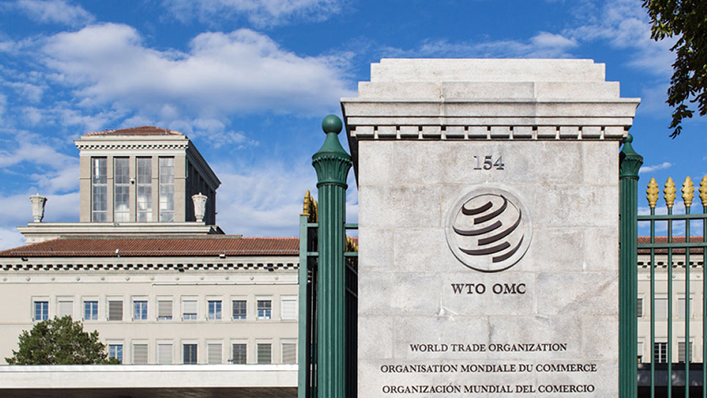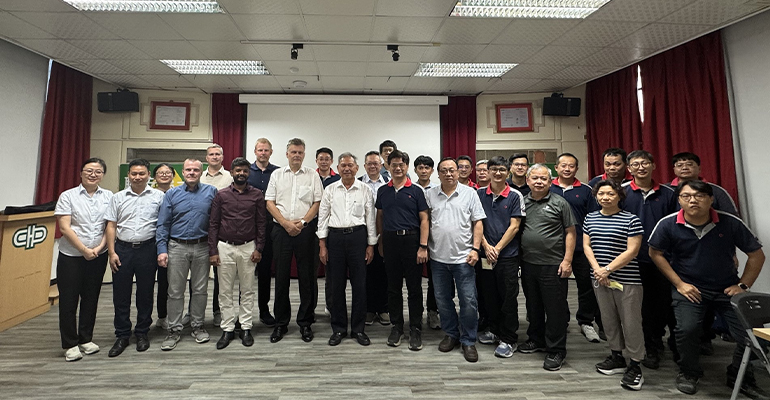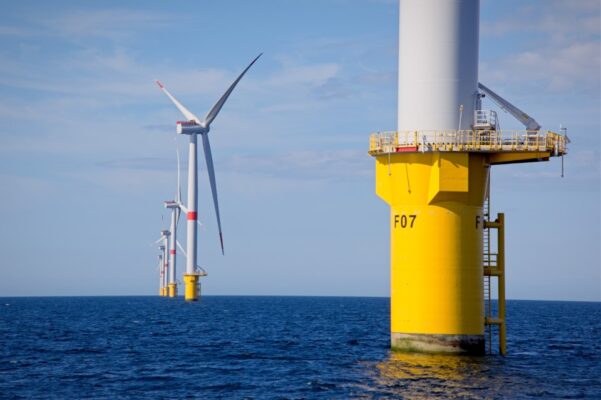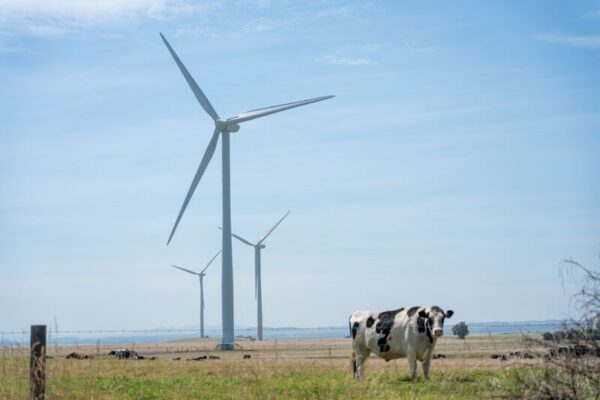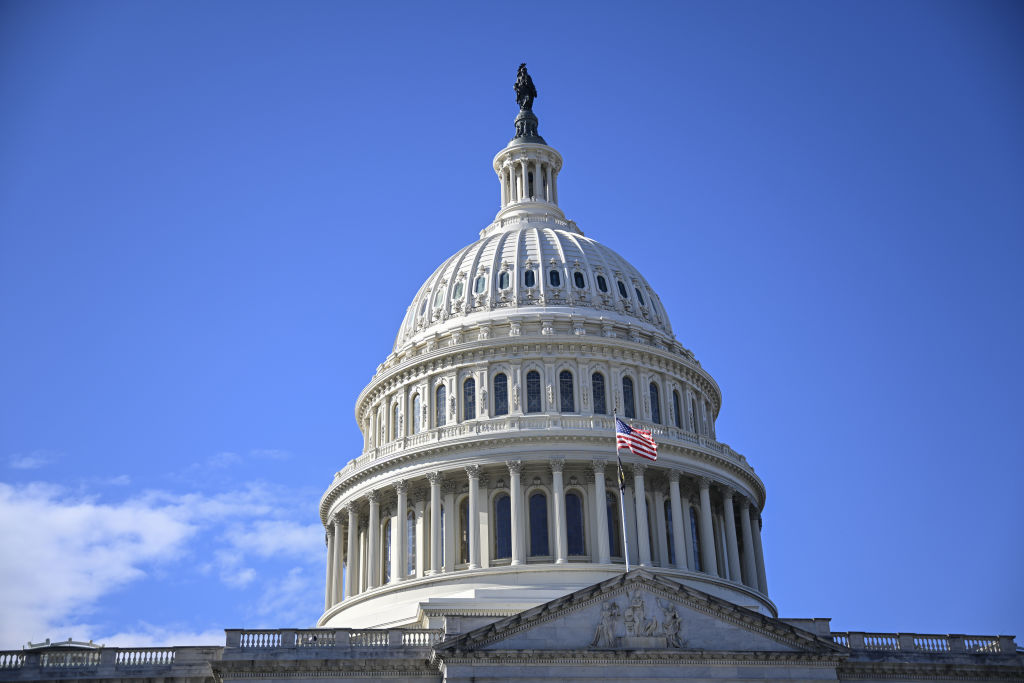NEPA Reform under the One Big Beautiful Bill Act and Revised Agency Procedures
On July 4, 2025, President Trump signed into law the “One Big Beautiful Bill Act” (“the OBBBA”), which modifies the environmental review process under the National Environmental Policy Act (“NEPA”) by allowing a project sponsor to pay a fee for the expedited review of an Environmental Assessment (“EA”) or Environmental Impact Statement (“EIS”). NEPA requires... Continue Reading
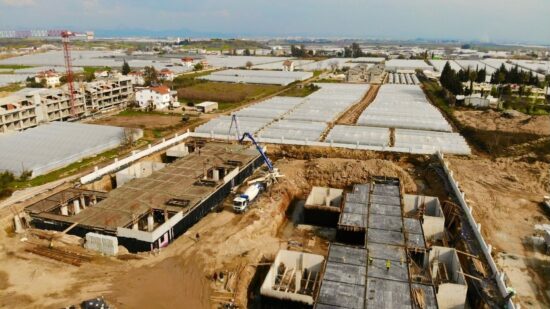

On July 4, 2025, President Trump signed into law the “One Big Beautiful Bill Act” (“the OBBBA”), which modifies the environmental review process under the National Environmental Policy Act (“NEPA”) by allowing a project sponsor to pay a fee for the expedited review of an Environmental Assessment (“EA”) or Environmental Impact Statement (“EIS”). NEPA requires federal agencies to assess the environmental impacts of their actions, and this process typically involves preparing an EA, or a more comprehensive EIS. NEPA established the Council on Environmental Quality (“CEQ”) within the executive office and charged the Council with overseeing NEPA implementation.
Section 60026 of the OBBBA amends NEPA to provide that a project sponsor may, after submitting a description of the project to the CEQ, pay 125% of the anticipated preparation costs of the EA or EIS in return for a review of the EA or EIS under an accelerated timeline. The review for EAs for which the fee is paid must be completed within 180 days from the date the fee was paid, and the review for EISs must be completed within one year from the date of publication of the notice of intent to prepare the EIS. CEQ must provide the fee amount within 15 days after the date on which it receives the description of the project. This opt-in fast track is aimed at streamlining NEPA reviews and is the latest action directly affecting NEPA, coming on the heels of President Trump’s executive orders and the Supreme Court’s decision in Seven County Infrastructure Coalition.
In addition, several federal agencies, including the United States Army Corps of Engineers (“USACE”) and the Departments of Interior, Energy, and Agriculture, recently issued interim final rules revising and/or rescinding their NEPA implementing regulations and outlining their new NEPA procedures. In particular, USACE issued an interim final rule on July 3, 2025, that rescinded its prior NEPA implementing regulations and replaced them with new regulations found at 33 C.F.R. Part 333. USACE also noted that it would rely on the Department of Defense procedures for civil works purposes. Part 333 applies to both the USACE Regulatory Program1 and the Section 408 Program, and some key highlights include:
- Incorporation of the Seven County Infrastructure Coalition Court’s clarification to the scope of NEPA environmental reviews – USACE “may, but is not required to by NEPA, analyze environmental effects from other projects separate in time, or separate in place, or that fall outside of the [USACE’s] regulatory authority, or that would have to be initiated by a third party.”
- Alignment with the NEPA Amendments in the Fiscal Responsibility Act of 2023 –
- Time Limits: Generally, an EA must be completed within one year after the date on which the USACE determines the preparation of an EA for the proposed activity is required, and an EIS must be completed within two years after the date on which USACE determines that the proposed activity requires the issuance of an EIS.
- Page Limits: Generally, an EA must not exceed 75 pages, and an EIS must not exceed 150 pages, both not including citations or appendices.
- Changes to Public Involvement – USACE must address only “substantive” comments and need not respond when, for example, the “comment is outside the scope of what is being proposed” or the “commenter misinterpreted the information provided.”
The Part 333 regulations also retain USACE’s categorical exclusions, which are a category of actions that USACE has determined do not have a significant effect on the human environment and thus do not require the preparation of an EA or EIS. USACE’s interim final rule became effective on July 3, 2025, for Regulatory Program permit applications and Section 408 permission requests submitted to USACE on or after that date. Comments on the interim final rule are due by August 4, 2025.
The recent wave of NEPA reforms from the legislative, executive, and judicial branches of the federal government underscore a shift in policy aiming to speed up federal environmental review. While the OBBBA seeks to improve government efficiency, it does not provide a remedy if the agency deadlines are missed, and recent staffing and shifts in agency funding could affect timelines. Industry should stay tuned for further updates to this evolving NEPA landscape.
For more information regarding this topic, contact Liskow attorneys Greg Johnson, Clare Bienvenu, Emily von Qualen, and Colin North, and visit the Louisiana Industrial Insights Hub for further updates.
1 The Regulatory Program refers to the processing of permit applications under Section 404 of the Clean Water Act, Section 9 of the Rivers and Harbors Act of 1899, and Section 103 of the Marine Protection, Research, and Sanctuaries Act of 1972.
What's Your Reaction?










